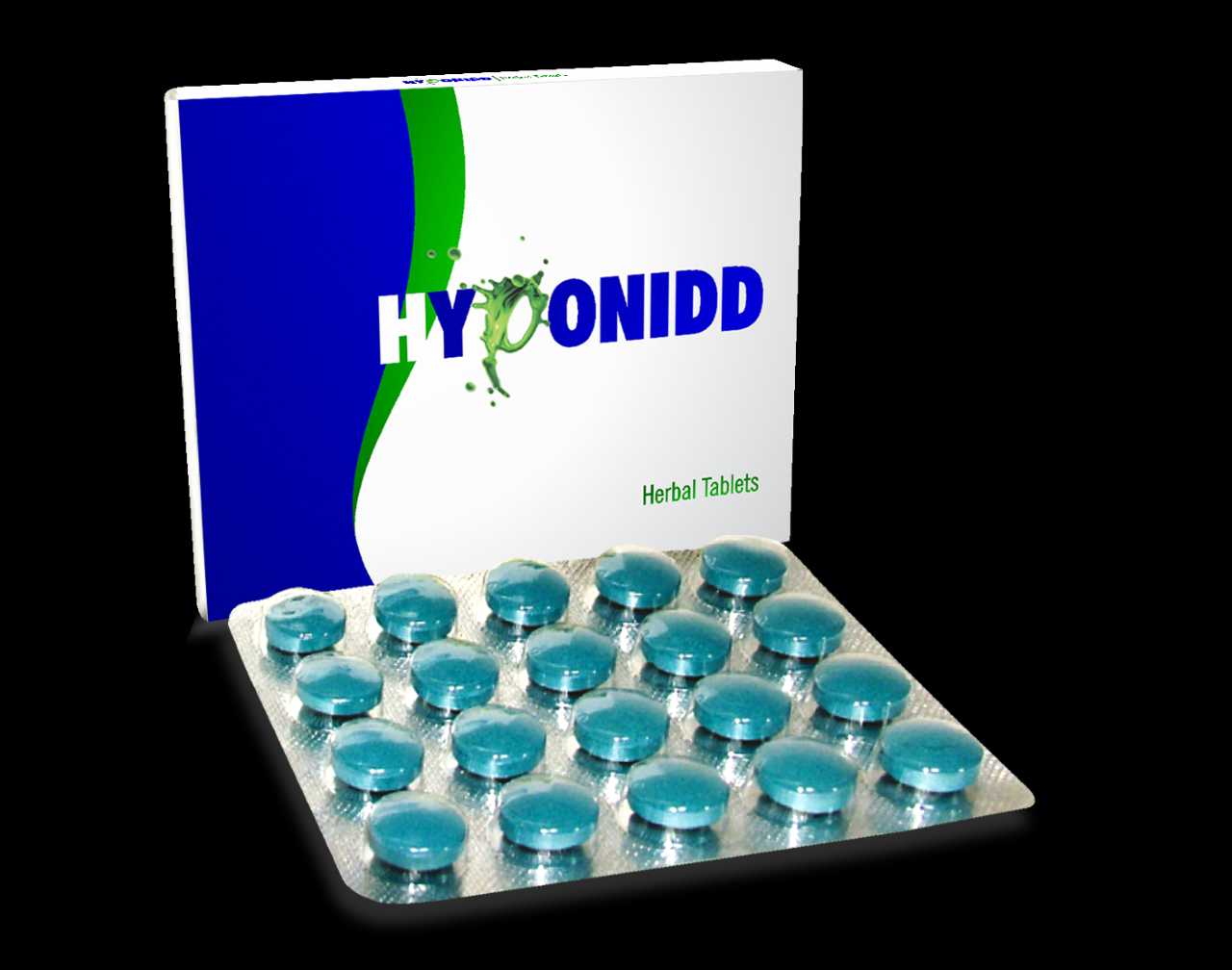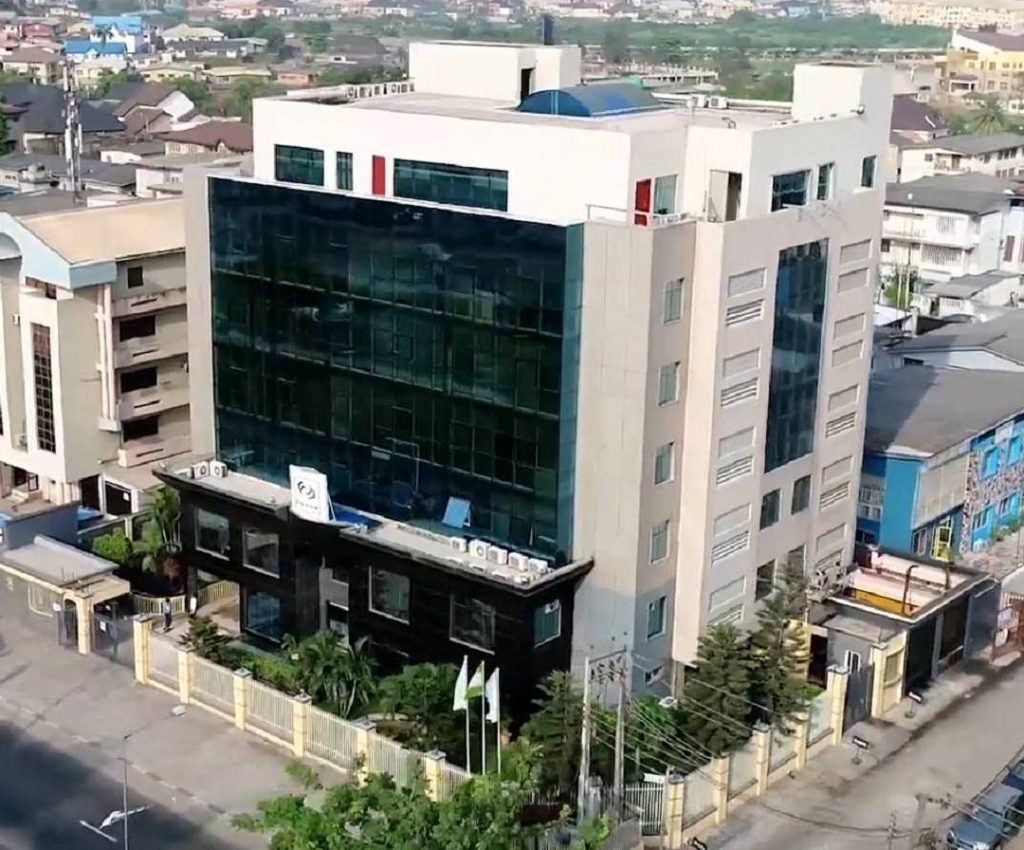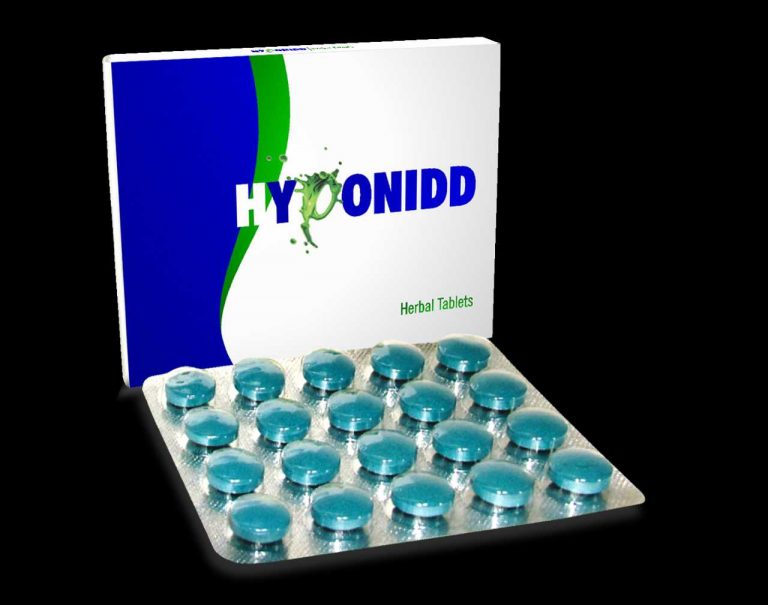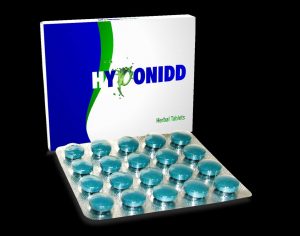Do you know that more than half of people living with diabetes in Nigeria do not even know they do?
According to a November 14, 2018 online report by the Punch Newspapers, the Chairman Medical Advisory Committee of the University of Lagos, Dr Olufemi Fasanmade said that four million Nigerians are affected by diabetes. He went on to say according to the publication, that more than half of the people living with diabetes in the country were not diagnosed.
Still in the same report, in terms of mortality, Fasanmade stressed that the number of people who died of diabetes was higher than those who lost their lives to HIV, malaria, and tuberculosis combined.
“In the hospital where I work, about a third of the patients who come in with stroke, heart failure or kidney failure, have diabetes to blame for their conditions. So, it is a much bigger problem than malaria, HIV or tuberculosis’’.
WHAT IS DIABETES?
Diabetes is a disease that occurs when the blood glucose, also called blood sugar, is too high. Blood glucose is the body’s main source of energy and comes from the food we eat.
Insulin a hormone, made by the pancreas, helps glucose from food get into our cells to be used for energy. Sometimes the body does not make enough or any insulin or does not use insulin well. Glucose then stays in the blood and does not reach the body cells.
Over time, having too much glucose in the blood can cause health problems.
Although diabetes has no cure, there are steps that can be taken to manage diabetes and stay healthy.
WHAT ARE THE SIGNS AND SYMPTOMS?
The signs and symptoms of diabetes that are common between men and women are: Excessive thirst and hunger, frequent urination (from urinary tract infections or kidney problems), weight loss or gain, fatigue, irritability, blurred vision, slow-healing wounds, nausea, skin infections, darkening of skin in areas of body creases (acanthosis nigricans), breath odour that is fruity, sweet, or an acetone odour, tingling or numbness in the hands or feet.
WHO IS AT RISK AND WHAT ARE THE RISK FACTORS?: People who are overweight and sedentary i.e. tending to spend much time seated; somewhat inactive are at an increased risk of prediabetes. It can also occur in anyone, but some factors increase the chances. If one is over 45 years of age or have a body mass index (BMI) higher than 25, a doctor may have to screen the person for prediabetes.
Another risk factor is the storage of more fat around the waist than the hips. One can measure this risk factor by checking if his waist is 40 or more inches if male and 35 inches or more if female.
THERE ARE A FEW DIFFERENT TYPES OF DIABETES:
Type 1 diabetes is an autoimmune disease. The immune system attacks and destroys cells in the pancreas, where insulin is made. (Insulin is a hormone made by the pancreas that allows our body to use sugar (glucose) from carbohydrates in the food that we eat for energy or to store glucose for future use. It’s unclear what causes this attack. About 10 percent of people with diabetes have this type.
Type 2 diabetes occurs when our body becomes resistant to insulin, and sugar builds up in our blood.
Gestational diabetes is high blood sugar during pregnancy. Insulin-blocking hormones produced by the placenta causes this type of diabetes.
Prediabetes: Prediabetes is when our blood glucose levels are too high, but not high enough to be called diabetes. Prediabetes occurs when our body does not make or use the hormone insulin properly. It causes too much glucose to build up in the blood. Too much glucose in our blood can be harmful to our body over time.
People who develop type 2 diabetes usually have prediabetes first and are also at risk of developing other health conditions, including heart disease or stroke. Pre-diabetes and the onset of full-blown type 2 diabetes can be prevented by making lifestyle changes. These include eating a healthy diet, reaching and maintaining a healthy weight, and exercising regularly.
What are the symptoms of prediabetes?
Prediabetes has no clear symptoms. Some people may experience conditions that are associated with insulin resistance, such as polystic ovarian syndrome and acanthosis nigricans affects the armpits, groin and necks which involves the development of dark, thick, and often velvety patches of skin. Discoloration usually occurs around the elbows, knees, neck, armpits, knuckles
What are the causes of prediabetes?
The pancreas releases a hormone called insulin when we eat so that the cells of our body can take the sugar from the blood into the cells for energy. That’s how insulin helps lower our blood sugar level. In the case of prediabetes, the cells do not respond properly to insulin. This is called insulin resistance.
The causes of insulin resistance are unclear but prediabetes is strongly linked to lifestyle factors and genetics.
PREVENTION AND MANAGEMENT
Prediabetes is reversible. It can be prevented and/or slow the development of prediabetes and diabetes through lifestyle changes.
Losing Weight: One study showed that a 5 to 7 percent weight loss greatly reduces the risk of diabetes, according to the NIH. Those who participated in the study followed a low-fat, low-calorie diet and exercised for 30 minutes five times per week.
Eating right: Fiber-rich foods, such as fruits, vegetables, and whole grains, will help you reach your health goals.
Exercising more: You can reduce your risk of diabetes by being regularly active. Thirty minutes of any activity that raises your heartbeat to your target rate, such as walking, most days of the week, is recommended.
Ways to incorporate physical activity into your daily schedule include; riding a bike to work, walking instead of riding the bus or driving, going to a gym, participating in recreational sports with a team
Thirty minutes of exercise per day and a 5 to 10 percent weight los,s reduces our risk of type 2 diabetes progression by over 58 percent, according to the American Diabetes Association.
Fighting Diabetes Naturally: Several studies have proved the effectiveness of herbs in diabetes. These herbs can be used as an adjuvant to the traditional methods to help keep our sugar levels in control. The best natural treatment for diabetes is HYPONIDD. It is a combination of time-tested herbs for diabetes. It is an ideal complement to anti-hyperglycemic regimen, i.e. lifestyle modifications and antidiabetic medications. HYPONIDD is a herbal mineral combination for diabetes treatment.
Key ingredients are: Bitter Melon, Neem, Aloe Vera, Gooseberry and Turmeric. The ingredients are proven to have a definite beneficial effect not only in lowering blood sugar but also in lowering lipids. HYPONIDD minimizes the chances of diabetic complications, if started sufficiently early.
It is advisable that people should know their numbers i.e. always do their blood pressure check, BMI-body mass index , blood glucose level and general medical checkup.








